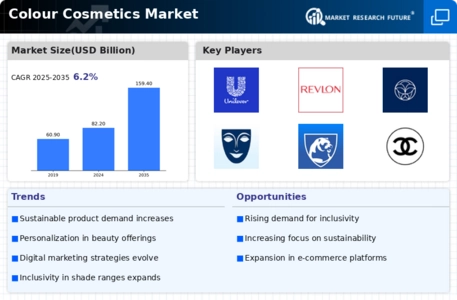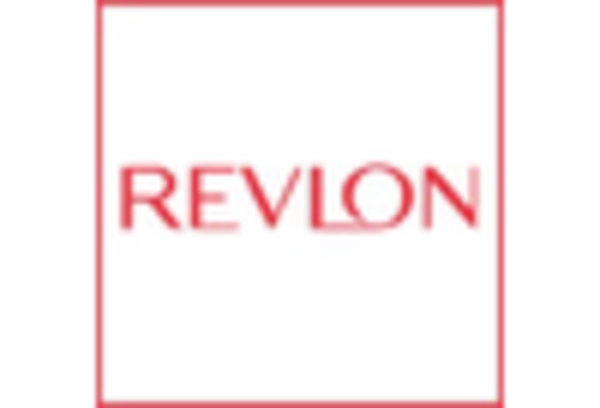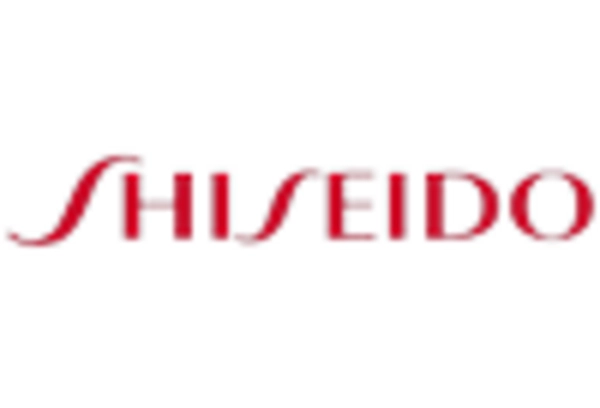Growth of E-commerce Platforms
The Colour Cosmetics Market is experiencing a substantial transformation due to the proliferation of e-commerce platforms. Online shopping has become increasingly popular, providing consumers with convenient access to a wide array of cosmetic products. This shift is supported by data showing that e-commerce sales in the beauty sector have surged, with projections indicating a growth rate of over 15 percent annually. The ability to compare products, read reviews, and access exclusive online deals enhances the shopping experience, thereby driving sales in the Colour Cosmetics Market. As more consumers turn to online channels, brands are adapting their strategies to optimize their digital presence.
Focus on Inclusivity and Diversity
The Colour Cosmetics Market is increasingly prioritizing inclusivity and diversity in product offerings. Brands are recognizing the importance of catering to a wide range of skin tones and types, which has led to the development of more inclusive product lines. This trend is evidenced by the introduction of foundations and concealers in an extensive array of shades, appealing to a broader demographic. Market Research Future suggests that brands embracing diversity are likely to capture a larger market share, as consumers gravitate towards companies that reflect their values. This focus on inclusivity not only enhances brand loyalty but also drives growth within the Colour Cosmetics Market.
Emergence of Male Grooming Products
The Colour Cosmetics Market is witnessing a notable expansion with the emergence of male grooming products. Traditionally dominated by female consumers, the cosmetics sector is now seeing increased interest from men seeking products that enhance their appearance. This trend is supported by market data indicating that the male grooming segment is expected to grow at a rate of approximately 8 percent annually. As societal norms evolve and the stigma around male cosmetics diminishes, brands are introducing tailored products for men, thereby diversifying their offerings and tapping into a new consumer base within the Colour Cosmetics Market.
Increasing Demand for Natural Ingredients
The Colour Cosmetics Market is witnessing a pronounced shift towards products formulated with natural ingredients. Consumers are increasingly discerning about the components in their cosmetics, favoring items that are free from harmful chemicals. This trend is reflected in the rising sales of brands that emphasize organic and natural formulations. According to recent data, the market for natural cosmetics is projected to grow at a compound annual growth rate of over 10 percent in the coming years. This inclination towards clean beauty not only enhances consumer trust but also aligns with broader health and wellness trends, thereby driving growth in the Colour Cosmetics Market.
Influence of Social Media and Digital Marketing
The Colour Cosmetics Market is significantly influenced by the rise of social media platforms and digital marketing strategies. Brands are leveraging these channels to engage with consumers, showcase products, and build brand loyalty. Influencer marketing, in particular, has emerged as a powerful tool, with beauty influencers driving trends and consumer preferences. Data indicates that nearly 70 percent of consumers are influenced by social media when making beauty purchases. This digital engagement not only enhances brand visibility but also fosters a community around cosmetic products, thereby propelling the Colour Cosmetics Market forward.

















Leave a Comment